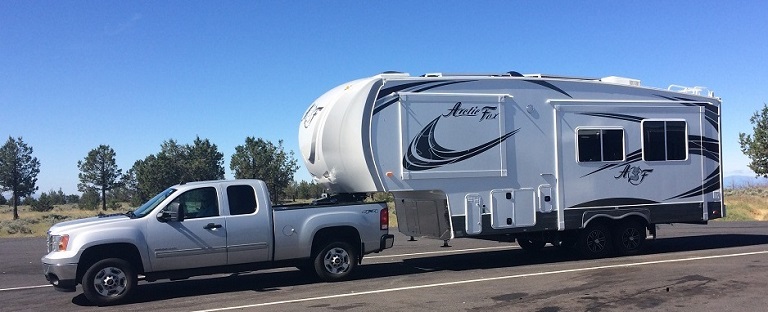We were to meet my cousin and his wife at 11:30 for lunch so we arrived early enough to check out the Charleston City Market. The market is a series of brick shed buildings that stretch for the equivalent of about 6 blocks and is a series of four separate buildings with small streets in between. Originally this was the Charleston supermarket. There were sections for meat, poultry, fish, and produce. Today it is full of all kinds of locally produced crafts such as sweet grass baskets, jewelry, wood products as well and all kinds of other things. It is a fun and interesting place to browse.
This section contains booths with more typical products found in a local mall while the previous sections were more of those created by local artisans.
We met for lunch at the Noisy Oyster. I'd never heard oysters make noise, maybe they mean the noise of people eating them. Great lunch at any rate!
Russ, Barbara, Linda, Glen

This is to prove that neither of us has left the other somewhere along the road in the two months in a trailer.
Todd, our carriage driver, gave us details on everything we passed along the way as well as some of the history of the city itself. Quite interesting and much better than trying to read travel guides.
We heard so much that I can't remember what all the buildings were but just seeing the architecture was worth the ride around the city.
The Old Exchange & Provost Dungeon. It is a very imposing building at the end of the street that comes into view as you traverse the area.
Making the turn at the Exchange.
I had expected to see more buildings like this that looked like they had survived a long time. Most didn't look their age.
Another that had the look of a very old building.
Our driver said that this brick home is one of the oldest buildings in Charleston. It looks more like a 19th or 20th century building than the 17th century one that it is.
This is the beginning of Rainbow Row which is the name for a series of thirteen colorful historic houses in Charleston. It represents the longest cluster of Georgian row houses in the United States.
They were dubbed Rainbow Row in the 1930's when they were painted various shades of pastel colors.
Next we passed a number of huge homes that were primarily the city homes of rich plantation owners. The largest home is 24,000 square feet with 37 bedrooms. Some extended through the block to the next street.
The homes were built with the verandas at the side of the home facing the sea to take advantage of the breezes.
Supposedly this home owned by an oral surgeon was painted to represent teeth and gum colors. Yuck!
Charleston was home to some French residents but was a predominantly English city. This home was French as the iron work was molded iron vs. wrought iron. The English typically used wrought iron work.
Extensive molded iron work similar to that in New Orleans.
This home was English as this is wrought iron fencing and gates.
St. Philip's Episcopal Church. The oldest church building in Charleston and built on the site of the original St. Michael's church. St. Michael's was established earlier but burned, rebuilt at another location and burned again and rebuilt.
Our guide told us Charleston was called the Holy City as it had more churches per square mile than anywhere else, 67 in a four square mile area. It also had more than its share of the other end of the spectrum.
It has been an interesting few days in Charleston and there is much to see and do, We just didn't have 6-12 months to do everything at each stop. Each stop adds to our appreciation of our country and the variations in culture we find and the history behind each location.
Tomorrow we move south to Savannah.































































